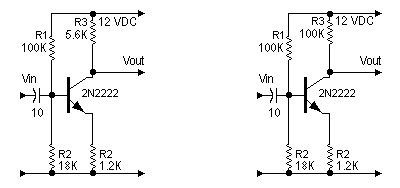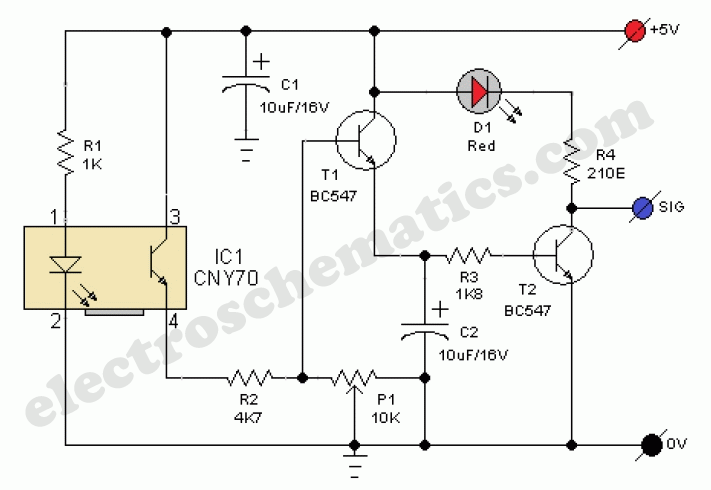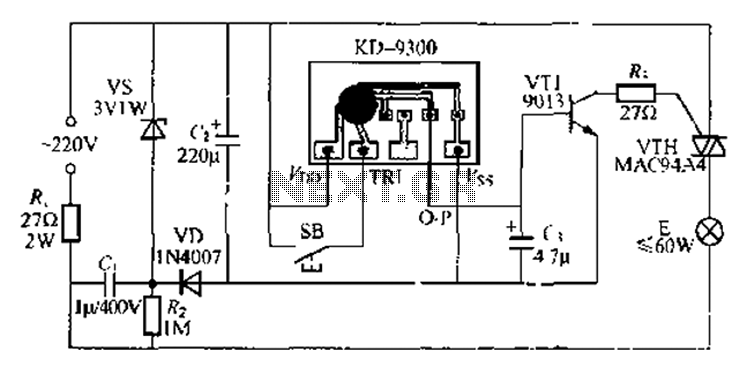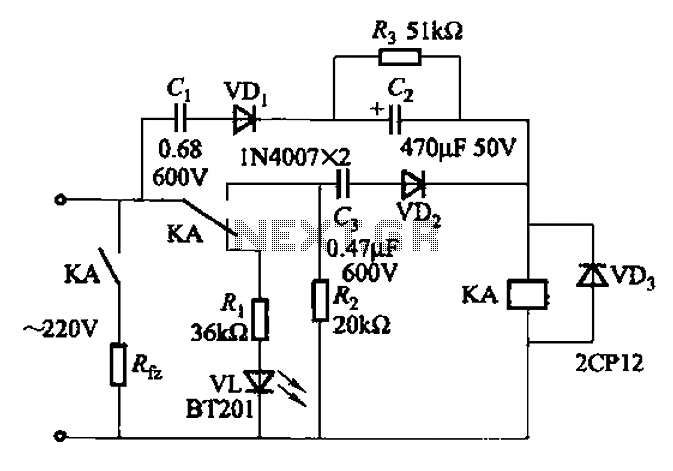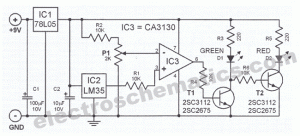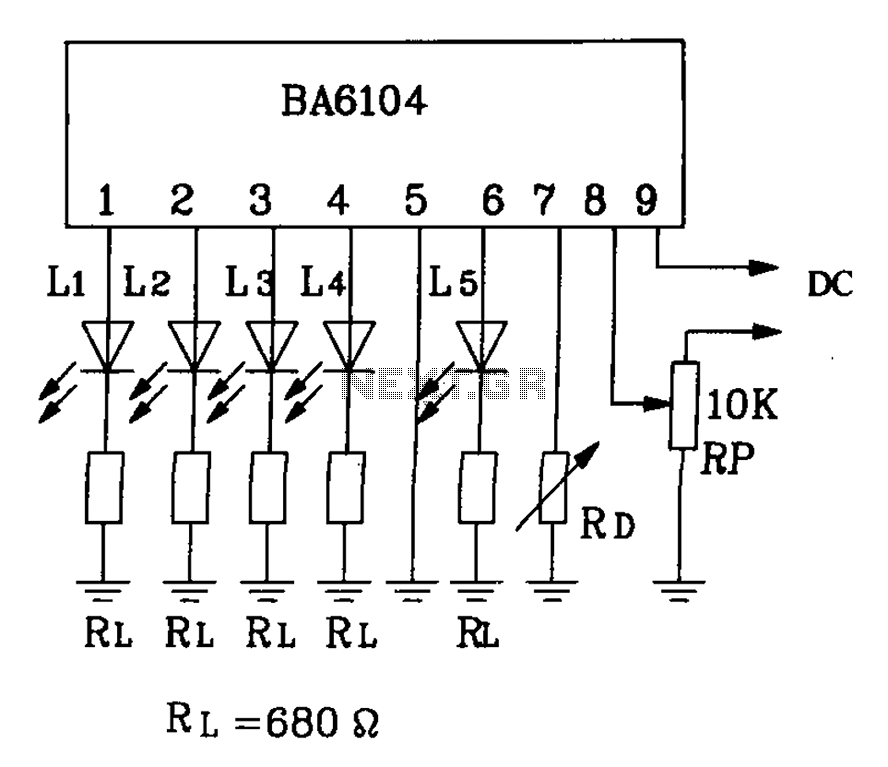
LM3552 white LED driver circuit design
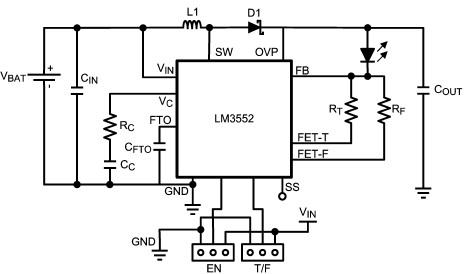
For this LED driver electronic project, a DC power supply circuit is required to provide an output voltage between 2.7V and 5.5V. The supply voltage must be applied between Vin and GND. The T/F jumper connects the T post to the middle post of the T/F header strip, linking GND to the T/F pin of the LM3552 and placing the device into the 200mA torch mode when enabled. When all connections are correctly made, the Flash LED will be OFF. Setting the EN jumper to the ON position will enable the device and turn on the Flash LED. In torch mode, the LED current is set to approximately 200mA. Placing the T/F jumper across the '+' pin and the T/F pin activates flash mode, delivering a total current of approximately 700mA to the LED. If this jumper remains in flash mode, the internal time-out circuit will disable the switcher after approximately 1 second. The EN pin features an internal pull-down resistor, placing the device in shutdown mode by default, while the T/F pin lacks a pull-up or pull-down resistor. If left unconnected, it is uncertain whether the LM3552 is in torch or flash mode.
The LED driver circuit utilizes the LM3552, a specialized LED driver IC designed for efficient operation in both torch and flash modes. The primary function of the circuit is to provide a stable and adjustable output current to drive high-brightness LEDs. The circuit requires a DC power supply that can deliver a voltage within the specified range of 2.7V to 5.5V, ensuring compatibility with various LED configurations.
The connection points, including Vin, GND, and the T/F header, are critical for the proper functioning of the circuit. The T/F jumper plays a significant role in determining the operational mode of the LM3552. By connecting the T/F pin to GND, the device is set to torch mode, which is ideal for applications requiring a constant light output at a lower current. In this mode, the LED operates at approximately 200mA, providing an efficient and sustained illumination.
To switch to flash mode, the T/F jumper must be moved to connect the '+' pin to the T/F pin. In this configuration, the LED can draw a higher current of about 700mA, suitable for short bursts of high-intensity light. It is important to note that the internal time-out feature of the LM3552 will automatically disable the flash mode after approximately 1 second to prevent overheating or damage to the LED.
The enable (EN) pin is designed with an internal pull-down resistor, ensuring that the LM3552 remains in a low-power shutdown state by default. This feature is particularly useful for battery-operated devices, as it helps conserve power when the LED is not in use. However, the T/F pin does not have any pull-up or pull-down resistors, which means that if it is left unconnected, the operational mode of the LM3552 becomes indeterminate. Users must ensure proper connections to avoid unexpected behavior in the circuit.
Overall, this LED driver circuit offers versatility and efficiency for driving LEDs in various applications, from constant illumination in torch mode to high-intensity lighting in flash mode. Proper understanding of the connections and operational modes is essential for effective implementation in electronic projects.For this led driver electronic project you will need a DC power supply circuit that provide an output voltage between 2. 7V and 5. 5 volts ( supply voltage must be applied between Vin and GND. The T/F jumper connects the T post to the middle post of the T/F header strip. This connects GND to the T/F pin of the LM3552, placing the part into the 2 00mA torch mode when the part is enabled. When these connections are all made correctly, the Flash LED will be OFF. Setting the EN jumper to the ON position will enable the part and turn on the flash LED. In torch mode, the LED current will be set to approximately 200mA. Placing the T/F jumper across the `+` pin and the T/F pin enables flash mode. The total current delivered to the LED is approximately 700mA. If this jumper is left in flash mode, the internal time-out circuit will disable the switcher after approximately 1 second. The EN pin has an internal pull-down resistor placing the part in shutdown by default and the T/F pin does not have a pull-up or pull-down resistor.
If left unconnected, it is unknown as to whether the LM3552 is in torch or flash mode. 🔗 External reference
The LED driver circuit utilizes the LM3552, a specialized LED driver IC designed for efficient operation in both torch and flash modes. The primary function of the circuit is to provide a stable and adjustable output current to drive high-brightness LEDs. The circuit requires a DC power supply that can deliver a voltage within the specified range of 2.7V to 5.5V, ensuring compatibility with various LED configurations.
The connection points, including Vin, GND, and the T/F header, are critical for the proper functioning of the circuit. The T/F jumper plays a significant role in determining the operational mode of the LM3552. By connecting the T/F pin to GND, the device is set to torch mode, which is ideal for applications requiring a constant light output at a lower current. In this mode, the LED operates at approximately 200mA, providing an efficient and sustained illumination.
To switch to flash mode, the T/F jumper must be moved to connect the '+' pin to the T/F pin. In this configuration, the LED can draw a higher current of about 700mA, suitable for short bursts of high-intensity light. It is important to note that the internal time-out feature of the LM3552 will automatically disable the flash mode after approximately 1 second to prevent overheating or damage to the LED.
The enable (EN) pin is designed with an internal pull-down resistor, ensuring that the LM3552 remains in a low-power shutdown state by default. This feature is particularly useful for battery-operated devices, as it helps conserve power when the LED is not in use. However, the T/F pin does not have any pull-up or pull-down resistors, which means that if it is left unconnected, the operational mode of the LM3552 becomes indeterminate. Users must ensure proper connections to avoid unexpected behavior in the circuit.
Overall, this LED driver circuit offers versatility and efficiency for driving LEDs in various applications, from constant illumination in torch mode to high-intensity lighting in flash mode. Proper understanding of the connections and operational modes is essential for effective implementation in electronic projects.For this led driver electronic project you will need a DC power supply circuit that provide an output voltage between 2. 7V and 5. 5 volts ( supply voltage must be applied between Vin and GND. The T/F jumper connects the T post to the middle post of the T/F header strip. This connects GND to the T/F pin of the LM3552, placing the part into the 2 00mA torch mode when the part is enabled. When these connections are all made correctly, the Flash LED will be OFF. Setting the EN jumper to the ON position will enable the part and turn on the flash LED. In torch mode, the LED current will be set to approximately 200mA. Placing the T/F jumper across the `+` pin and the T/F pin enables flash mode. The total current delivered to the LED is approximately 700mA. If this jumper is left in flash mode, the internal time-out circuit will disable the switcher after approximately 1 second. The EN pin has an internal pull-down resistor placing the part in shutdown by default and the T/F pin does not have a pull-up or pull-down resistor.
If left unconnected, it is unknown as to whether the LM3552 is in torch or flash mode. 🔗 External reference
